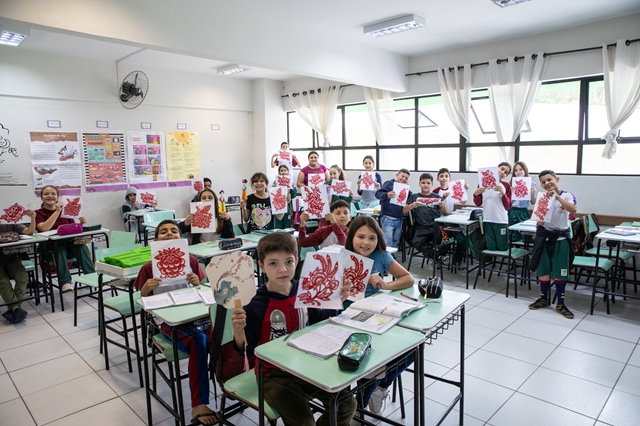-

Gaomi promotes peace through culture
2025-01-07
Liu Tiefei, curator of the Red Sorghum War Museum in Gaomi, Weifang, recently won the Gold Award at Switzerland's Helvetia International Art Competition for his painting Song of Peace.
-

Tai'an presents winter culture and tourism
2025-01-07
The New Year's Eve gala of China Central Television was held in historic Tai'an, Shandong, on Dec 31.
-
Tangwu town: Where every note counts
2025-01-06
Tangwu town, Changle county, Weifang, Shandong province, has become a global hub for electric guitar production.
-

US youth get immersed in Chinese culture in Tai'an
2025-01-06
More than 20 students and teachers from the YES program in the United States embarked on a study tour in Tai'an on Jan 2.






 Transformed Development Drivers
Transformed Development Drivers  Rural Vitalization
Rural Vitalization  Marine Economy
Marine Economy  What's on
What's on  Heritage
Heritage  Traditional Culture
Traditional Culture  Celebrities
Celebrities 

 Why Shandong
Why Shandong  Industrial Parks
Industrial Parks  Belt & Road
Belt & Road  Sister Cities
Sister Cities 























